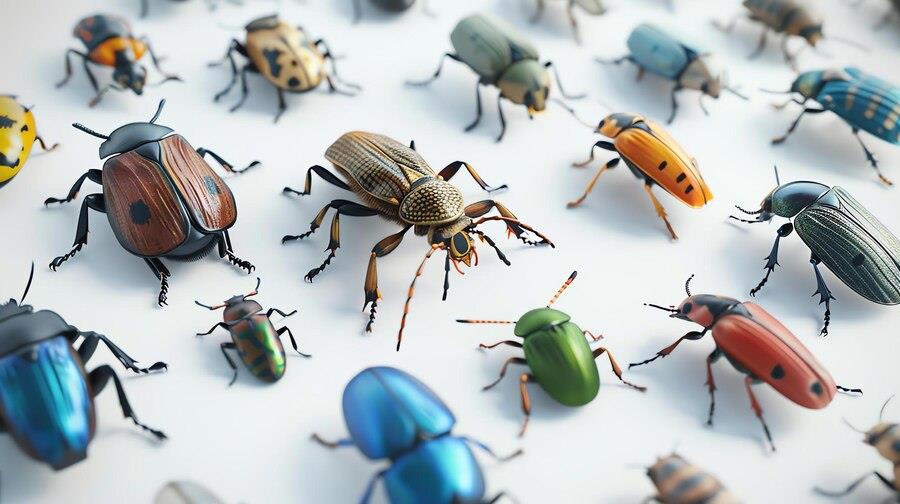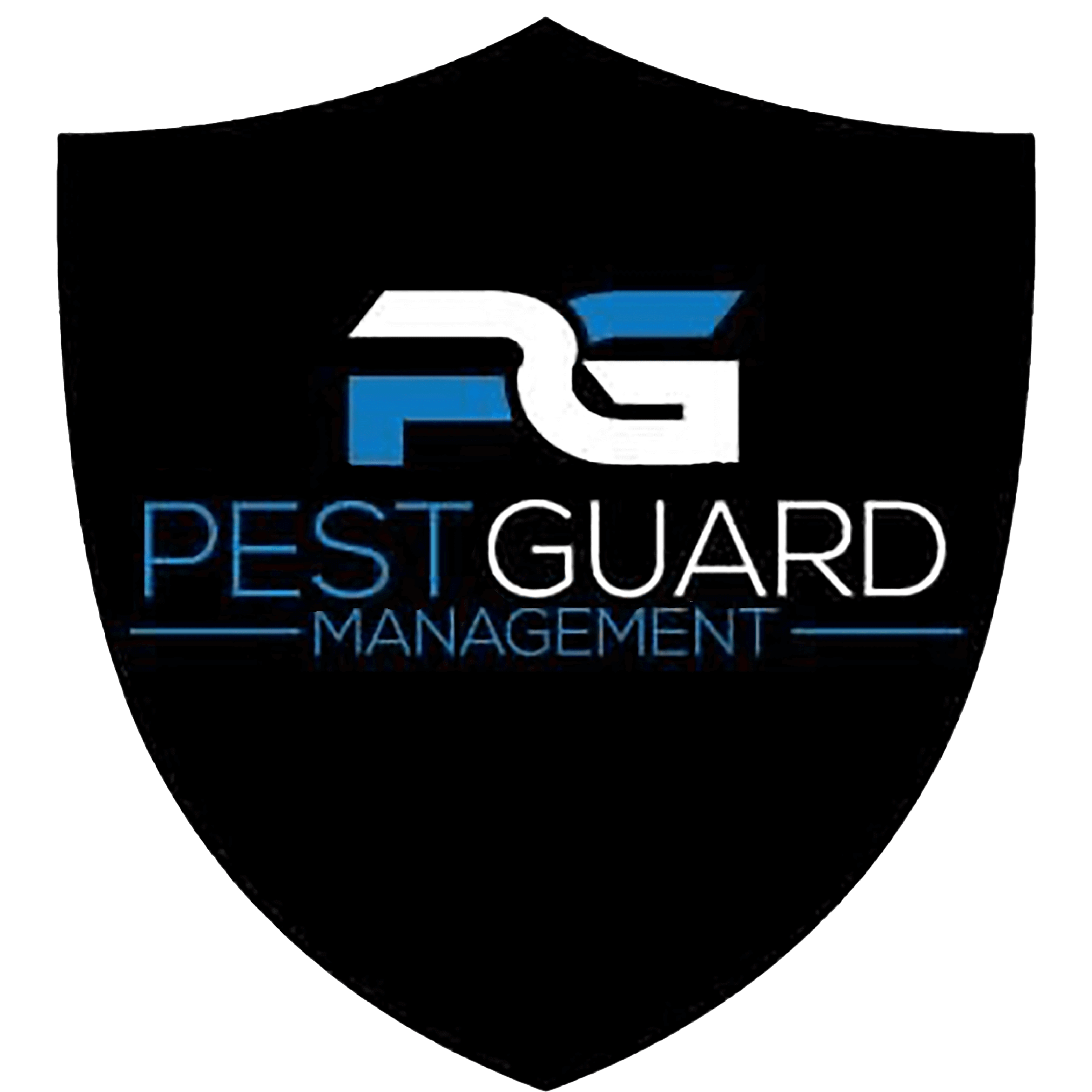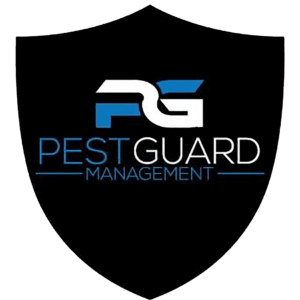
Sydney, a bustling metropolis, is home to various commercial pests that can disrupt businesses. Understanding these pests is crucial for effective management. At PestGuard Management, we specialise in safeguarding your business from these unwelcome intruders.
Table of Contents
Key Takeaways
- Rodents and Cockroaches: Common in commercial spaces, these pests pose significant health risks and can cause structural damage.
- Termites: Silent destroyers that can severely damage wooden structures; regular inspections are crucial.
- Ants: Persistent invaders that can contaminate food and surfaces, requiring diligent prevention and control measures.
- Birds: Can cause defacement and spread diseases; implementing physical barriers and proper waste management is essential.
- Regular Inspections: Essential for early detection and prevention of pest infestations, ensuring a safe and healthy business environment.
Types of Commercial Pests in Sydney
Sydney’s commercial properties face unique challenges when it comes to pests. These intruders not only cause damage but also pose health risks. Here, we delve into the common pests that businesses in Sydney often encounter.
- Rodents
Rodents, particularly rats and mice, are frequent visitors to commercial spaces. These creatures can gnaw through almost anything, leading to structural damage and electrical fires. They are also vectors for numerous diseases. Effective rodents pest control ways are essential to prevent these issues and protect both property and health.
- Signs of Infestation: Droppings, gnaw marks, and nests.
- Prevention Tips: Keep food sealed, dispose of waste properly, and seal entry points.
- Cockroaches
Cockroaches are well known for their resilience and ability to reproduce rapidly. They thrive in warm, humid environments and can contaminate food and surfaces with pathogens.
- Signs of Infestation: Droppings, egg cases, and a distinct musty odour.
- Prevention Tips: Maintain cleanliness, fix leaks, and use baits or traps.
- Termites
- Signs of Infestation: Look for signs like mud tubes, wood that sounds hollow, and discarded wings.
- Prevention Tips: Regular inspections, reducing wood-soil contact, and using treated wood are all essential components of effective termite management systems.
- Ants
- Signs of Infestation: Visible trails, nests, and food contamination.
- Prevention Tips: To prevent infestations, keep food sealed, stay on top of cleaning, and block any entry points.
- Birds
- Signs of Infestation: Nesting materials, droppings, and bird noises.
- Prevention Tips: Install bird spikes, and nets, and maintain cleanliness.
Detailed Descriptions of Various Pests
In this section, we will provide an in-depth look at each type of commercial pest commonly found in Sydney, including their habits, the risks they pose, and detailed prevention strategies.
Rodents
Rodents, particularly rats and mice, are among the most common pests in Sydney’s commercial spaces. They are highly adaptable and can thrive in a variety of environments, making them a persistent problem.
Habits and Risks:
- Habits: Rodents are nocturnal and tend to hide during the day in dark, secluded areas. They are known for their gnawing habit, which helps them keep their constantly growing teeth in check.
- Risks: Beyond the obvious structural damage from gnawing, rodents can contaminate food supplies with their droppings and urine, spreading diseases such as salmonella and hantavirus. Their nesting materials can also be a fire hazard when located near electrical wiring.
Prevention Strategies:
- Proper Waste Management: Ensure that waste is stored in sealed containers and disposed of regularly to reduce food sources.
- Regular Inspections: Conduct routine inspections to identify and address any signs of rodent activity early on.
Cockroaches
Cockroaches are particularly problematic in food service establishments due to their preference for warm, humid environments and their ability to survive on very little food. A massive cockroach invasion can pose serious health risks and damage the reputation of the business.
Habits and Risks:
- Habits: Cockroaches are active at night and usually hide in cracks and crevices during the day. They are scavengers and can eat almost anything, including food scraps, grease, and even cardboard.
- Risks: Cockroaches are known carriers of various pathogens that can lead to food poisoning, dysentery, and other illnesses. They can contaminate food and food preparation areas, posing significant health risks.
Prevention Strategies:
- Maintaining Cleanliness: Regular cleaning to remove food particles and grease can help deter cockroaches. Pay special attention to areas under appliances and behind equipment.
- Fixing Leaks: Cockroaches are attracted to moisture, so repairing leaks and ensuring proper drainage can reduce their numbers.
- Using Baits and Traps: Strategic placement of baits and traps can help control cockroach populations.
Termites
Termites are often referred to as silent destroyers because they can cause extensive damage to wooden structures without being detected for a long time.
Habits and Risks:
- Habits: Termites live in colonies that can contain thousands of individuals. They feed on cellulose found in wood, paper, and other plant-based materials.
- Risks: The damage caused by termites can be extensive and costly to repair. They can weaken the structural integrity of buildings, leading to unsafe conditions and expensive repairs.
Prevention Strategies:
- Regular Inspections: Having professional inspections at least once a year can help detect termites early.
- Reducing Wood-Soil Contact: Use barriers and treated wood to prevent termites from accessing the wooden components of buildings.
- Moisture Control: Termites are attracted to moisture, so keeping the area around your property dry can help prevent infestations.
Ants
Ants often cause problems in commercial spaces, especially in food-related businesses. They live in colonies and can quickly become a major issue.
Habits and Risks:
- Habits: Ants forage for food and can travel long distances from their nests to find it. They leave a pheromone trail to guide other ants to the food source.
- Risks: While most ants are not directly harmful, they can contaminate food and surfaces, leading to hygiene issues. Some species, like the carpenter ants, can cause structural damage.
Prevention Strategies:
- Sealing Entry Points: Inspect and seal cracks and gaps around windows, doors, and foundations to prevent ants from entering.
- Eliminating Food Sources: Store food in airtight containers and clean up spills promptly.
- Using Baits and Traps: Place baits and traps in areas where ants are commonly seen to help reduce their population.
Birds
Birds such as pigeons and sparrows can become a nuisance in commercial settings. They can nest in and around buildings, leading to various problems.
Habits and Risks:
- Habits: Birds often nest in roof spaces, ledges, and gutters. They are attracted to areas where food is readily available.
- Risks: Bird droppings can deface buildings and vehicles, cause slips and falls, and spread diseases such as histoplasmosis and salmonellosis. Additionally, their nesting materials can block gutters and downspouts, leading to water damage.
Prevention Strategies:
- Physical Barriers: Install bird spikes, nets, and wires to prevent birds from roosting on your property.
- Proper Waste Management: Ensure that garbage bins are covered and food waste is promptly cleaned up.
- Regular Maintenance: Keep roofs and gutters clean and free from nesting materials.
Conclusion
Understanding the many sorts of business pests in Sydney is the first step toward successful pest treatment. At PestGuard Management, we provide comprehensive pest control solutions tailored to your business needs. Contact us to ensure a pest-free environment for your business.
FAQs
Look for droppings, gnaw marks, and nests. Conducting regular inspections allows you to spot problems early on.
Maintain cleanliness, fix leaks, and use baits or traps to manage the infestation.
Keep food sealed, maintain cleanliness, and seal entry points to prevent ant infestations.
Bird droppings can corrode building materials and spread diseases. Use bird spikes and nets to deter them.
It’s recommended to conduct inspections at least once a year to prevent infestations.


